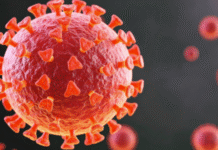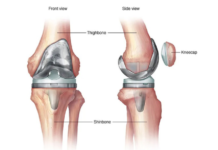NEW DELHI — Chest X-rays, one of the most widely used tools for tuberculosis (TB) screening, are failing to identify a large proportion of asymptomatic infections among household contacts of TB patients, according to new research published in The Lancet Global Health.
The study, led by researchers at the University of Cape Town in South Africa, evaluated 979 household contacts of people diagnosed with pulmonary TB across three South African communities. Participants underwent systematic screening, including universal sputum microbiological testing, to compare traditional symptom-based and chest X-ray-based screening methods against microbiological results.
The researchers confirmed pulmonary TB in 5.2 percent of the household contacts, and strikingly, 82.4 percent of those individuals reported no symptoms at all. Moreover, chest X-rays failed to detect roughly 40 percent of these cases.
“More than 80 percent of confirmed tuberculosis cases among household contacts were asymptomatic; chest radiograph screening missed more than 40 percent of these,” said Dr. Simon C. Mendelsohn of the South African Tuberculosis Vaccine Initiative, the study’s corresponding author. “Community surveys relying on symptoms and chest X-rays may substantially underestimate the true burden of asymptomatic tuberculosis in endemic countries.”
The findings underscore a growing concern among global health experts: a vast portion of TB cases remain undiagnosed due to reliance on outdated screening methods. According to the World Health Organization, about 2.7 million of the estimated 10.8 million global TB cases in 2023 went undetected or untreated — a quarter of the total burden.
The study also noted that individuals with asymptomatic TB generally had low bacterial loads and C-reactive protein levels similar to healthy individuals, making diagnosis through routine tests even more difficult.
Researchers found that chest X-rays alone had a sensitivity of only 56.1 percent for detecting asymptomatic TB, while combining symptoms and X-ray screening raised sensitivity slightly to 64 percent — still far below the World Health Organization’s benchmark of 90 percent sensitivity and 70 percent specificity for TB screening tools.
“Our findings suggest that current approaches relying on symptoms and radiographs are inadequate for identifying community-level tuberculosis,” Mendelsohn said. “Without universal sputum testing, national TB surveys may be underestimating the real scale of asymptomatic infections in high-burden regions.”
The study highlights the urgent need for more sensitive diagnostic tools and broader screening strategies to reach the millions of undiagnosed TB cases worldwide. (Source: IANS)













